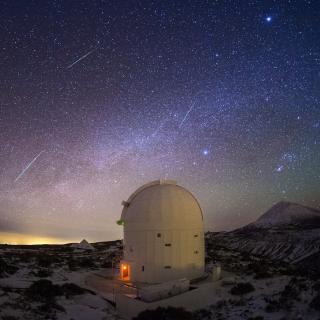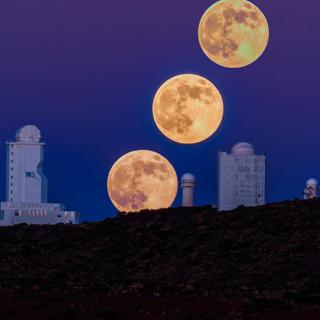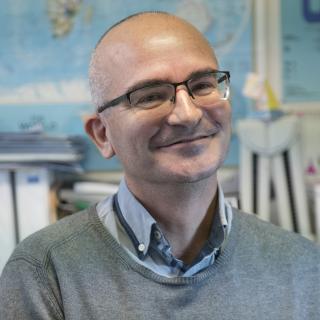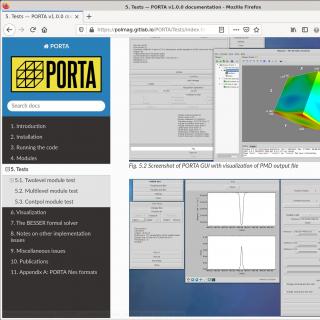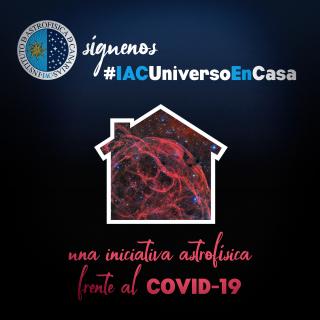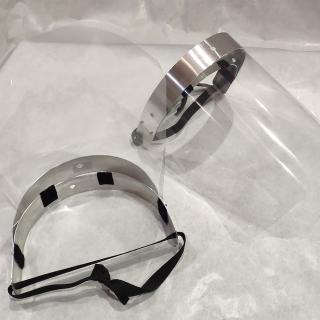
The Technology Division of the Instituto de Astrofísica de Canarias (IAC) has started to design and manufacture protective screens and other sanitary material to shield against the COVID-19 virus. At the request of a number of institutions, the Department of Mechanical Engineering at the IAC has designed a protective screen, which, after receiving the approval of a prototype, has started to be manufactured in series in the Mechanical Workshop of the IAC in La Laguna. At the time of writing, a total of 150 units has been distributed to the City Council of San Cristóbal de La Laguna, and the
Advertised on
